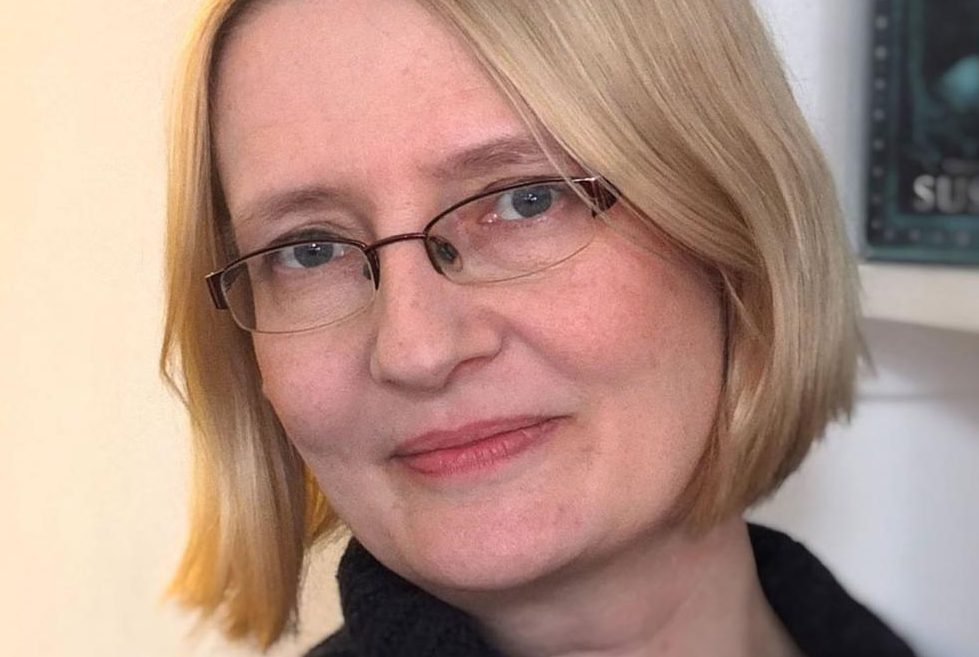
In her first column of book reviews for “CityNews”, ANNA CREER looks at a couple of volumes of “cosy crime”, which is enjoying a resurgence in popularity in print and on TV.
“COSY” crime is not a recent phenomenon.

Agatha Christie’s Miss Marple mysteries are classics of the sub-genre. But cosy crime is indeed having a resurgence in popularity both in print and on TV.
At the Adelaide Writers’ Festival in March, a panel of crime writers were asked to identify current trends in the genre. The British crime writing duo Nicci French immediately nominated cosy crime and Richard Osman’s “Thursday Murder Club” series in particular. The reason – the “difficult times” the British people have experienced in recent years.
In the world of British cosy crime, Janice Hallett’s novels are reportedly now second in popularity to those of Osman.
“The Mysterious Case of the Alperton Angels” is Hallett’s third novel and once again she has reinvented the epistolary novel for the modern reader, using emails, texts, WhatsApp messages, transcriptions of interviews and screenplays to tell her story, rather than a traditional narrative. It’s a style that initially demands some persistence.
Hallett addresses her readers with a challenge, as the novel begins: “You have a key that opens a safe deposit box. Inside is a bundle of documents… You must read it and make a decision”.
The documents are the collected research of true crime writer Amanda Bailey into the case of the Alperton Angels for a new series of crime books, which will “put a fresh, dark spin on a well known crime”.
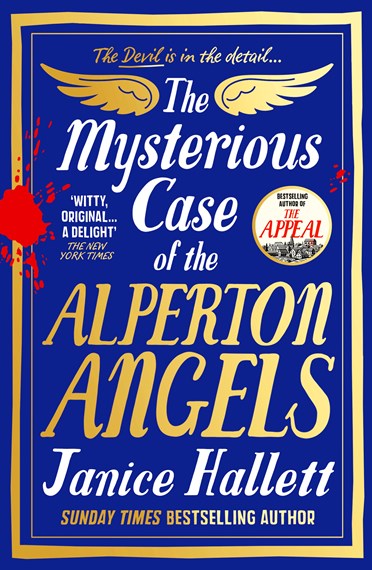 In 2003, a cult led by Gabriel Angelis, aka Peter Duffy, believed they were angels with a divine mission to kill the newborn anti-Christ during a particular alignment of the stars. They persuade the teenage parents of the baby that they too are angels and that their baby must die.
In 2003, a cult led by Gabriel Angelis, aka Peter Duffy, believed they were angels with a divine mission to kill the newborn anti-Christ during a particular alignment of the stars. They persuade the teenage parents of the baby that they too are angels and that their baby must die.
However, the mother escapes with the baby and they disappear into the care system. The angels commit suicide in a bizarre ritual and, although Gabriel escaped, he is in prison for murder.
Amanda and her publishers know that the anti-Christ, the baby, will be 18 soon and if Amanda can find him/her it will be the true-crime “scoop” of the year. But the pressure is on, as another journalist, Amanda’s rival, Oliver Menzies is also on the hunt.
Amanda is a ruthless and manipulative investigator, calling in favours and persuading the hapless Menzies to share information. Their joint investigation, however, reveals a much darker story than the one reported in the press at the time and their sources begin to die in mysterious circumstances.
Original and intriguing, “The Mysterious Case of the Alperton Angels” will keep you guessing right up until the last twist in the tale.
ELLY Griffiths is a veteran of the sub-genre and first introduced her archaeologist detective Ruth Galloway in “The Crossing Place” (2009). She has since written a further 13 mysteries combining crime, archaeology and romance.
Prof Ruth Galloway is head of the Department of Archaeology at the University of North Norfolk (UNN). With her lover, Detective Chief Inspector Harry Nelson, she has been instrumental in solving a multitude of murders, often finding her own life in danger in the process. “The Last Remains” is to be the last in the series.
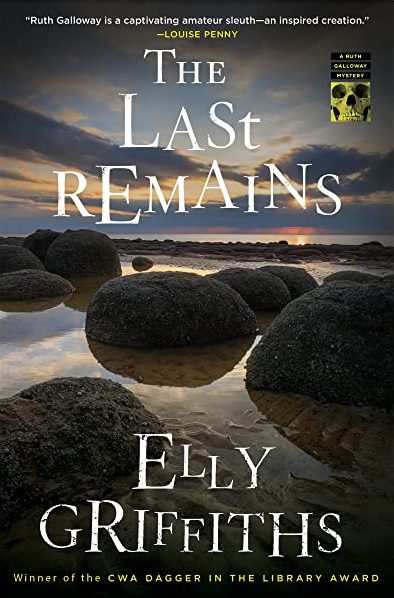 Griffiths sets her novel in 2021, firmly in the time of covid. Nelson’s wife has left him and moved north. As a result he has spent most of the lockdowns with Ruth and their daughter Kate. Nelson hopes they can finally live together as a family. But Ruth is hesitant.
Griffiths sets her novel in 2021, firmly in the time of covid. Nelson’s wife has left him and moved north. As a result he has spent most of the lockdowns with Ruth and their daughter Kate. Nelson hopes they can finally live together as a family. But Ruth is hesitant.
Ruth’s carefully controlled world is further threatened when UNN announces it’s considering closing the Department of Archaeology because it’s unprofitable.
Ruth is therefore happy to be distracted when builders renovating a café in King’s Lynn find a human skeleton behind a wall in the basement. Ruth immediately identifies the bones as modern, as a metal plate suggests recent surgery on the ankle.
The bones are identified as the remains of a young archaeology student Emily Pickering, who went missing in 2002 after a field trip to the Neolithic flint mines, Grime’s Graves, near Thetford. Griffiths in her acknowledgments calls them “one of the archaeological wonders of the age”.
Griffiths is an accomplished storyteller and in “The Last Remains” she skilfully combines a police procedural with local legends. The end result is tension and life threatening danger.
However, in the true tradition of the genre, she farewells all her characters in an ending that exudes the essence of cosy crime, to ensure that they all live happily ever after, except for the murderer.
Who can be trusted?
In a world of spin and confusion, there’s never been a more important time to support independent journalism in Canberra.
If you trust our work online and want to enforce the power of independent voices, I invite you to make a small contribution.
Every dollar of support is invested back into our journalism to help keep citynews.com.au strong and free.
Thank you,
Ian Meikle, editor

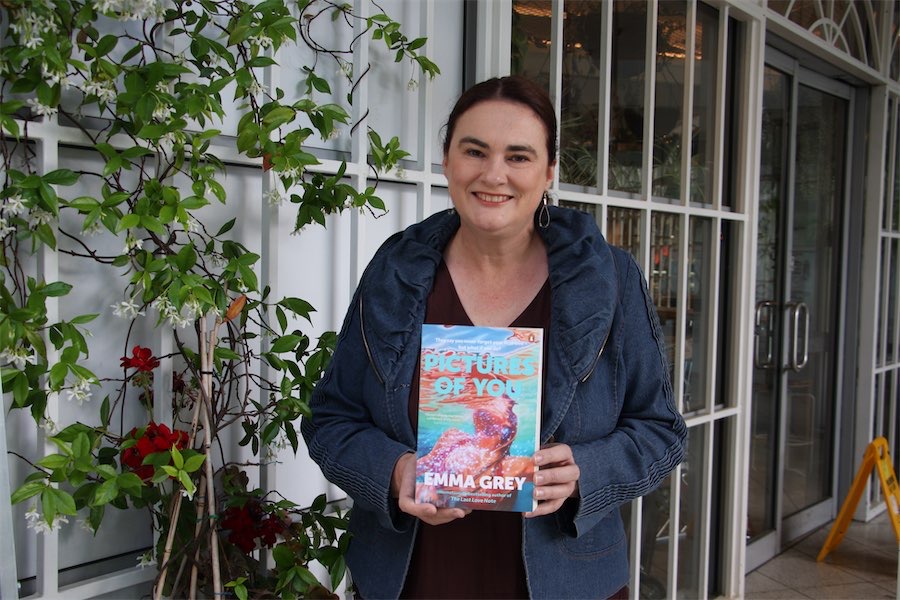
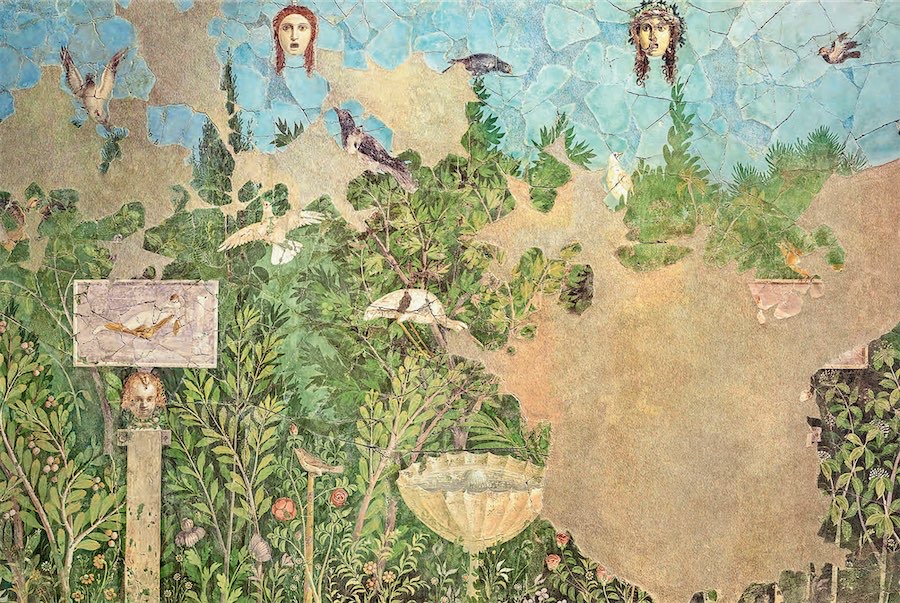

Leave a Reply